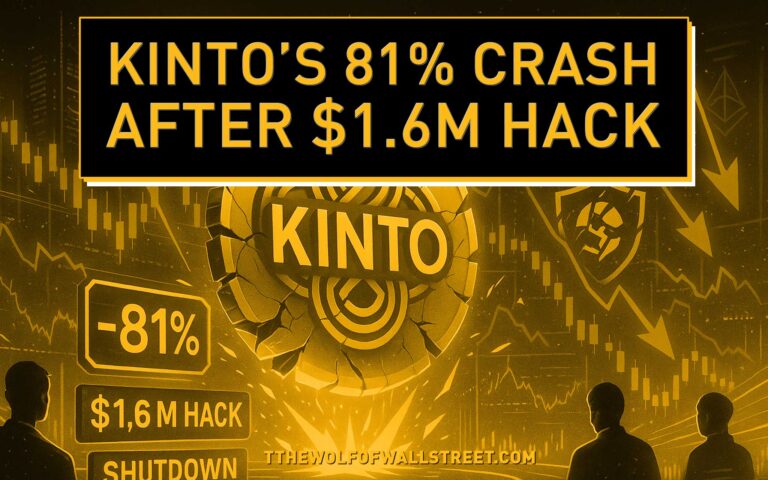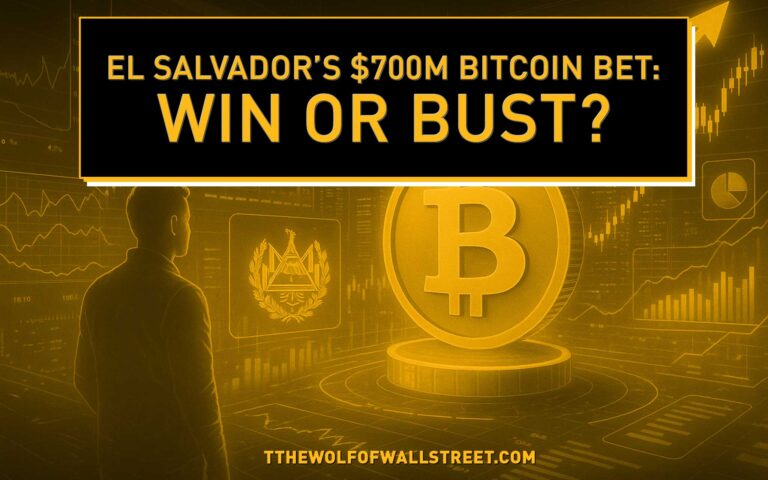🚀 Introduction
Listen up. “Burning crypto” sounds crazy at first glance. Why would anyone torch their own money? But in the chaotic, high-octane world of cryptocurrency, burning isn’t destruction — it’s strategy.
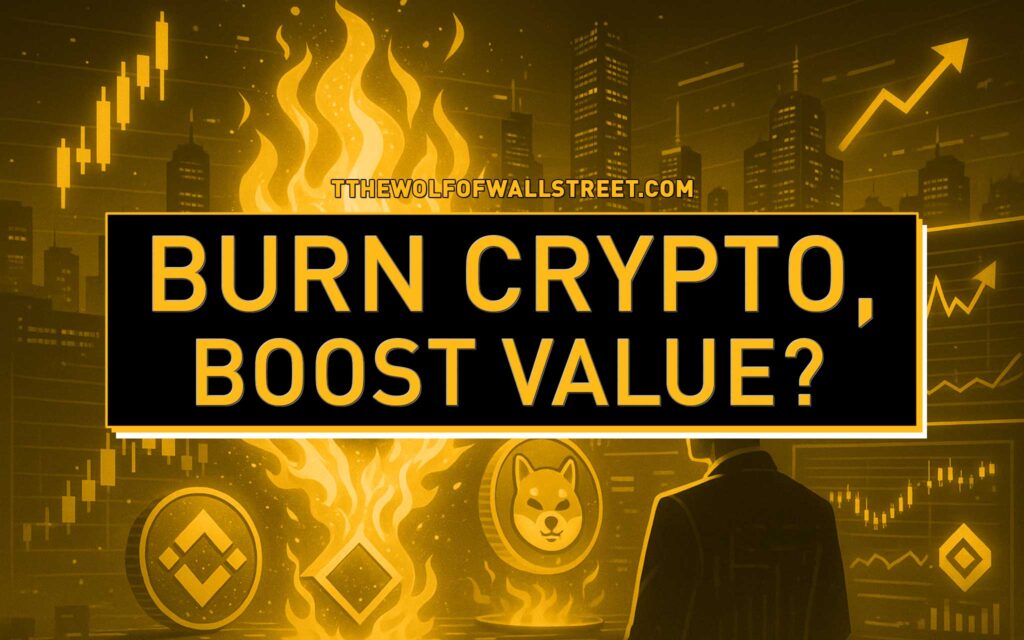
Token burning is how projects play the supply-and-demand game, create scarcity, and keep investors locked in. Think of it as Wall Street buybacks injected with blockchain steroids. By the end of this, you’ll know exactly what crypto burning is, how it works, and — most importantly — how traders like you can capitalise on it.
🔥 What Is Cryptocurrency Burning?
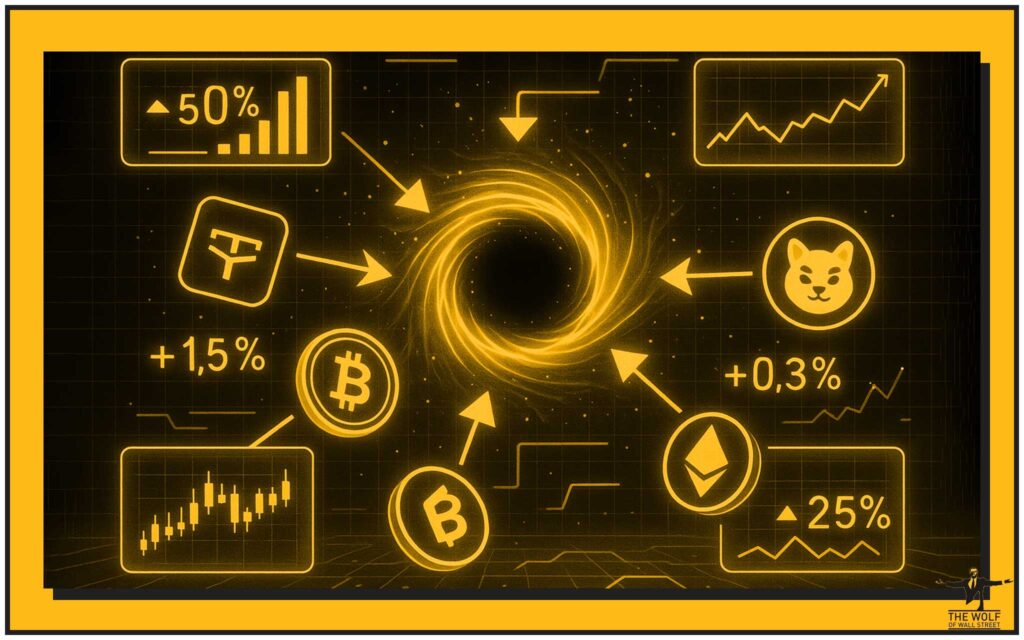
Cryptocurrency burning means permanently removing tokens from circulation. Poof — gone forever. How? By sending them to a burn address (also called an eater or null address). These addresses are inaccessible; no one can retrieve the tokens. The only purpose they serve is destruction. Once a coin is burned, it’s locked in a digital graveyard.
So why would anyone do this? Simple: to reduce supply and potentially make the remaining tokens more valuable. It’s economics 101 applied to blockchain.
📉 Token Supply and Demand Dynamics
Here’s the Wolf’s law: less supply + equal or greater demand = higher value. Token burning is just a blockchain version of this formula.
- Stock Buybacks Analogy: Corporations buy back their shares to reduce supply, boosting prices and investor confidence.
- Central Banks Comparison: Governments control fiat supply to stabilise value. Crypto projects burn tokens to do the same thing.
- Scarcity Effect: Investors see scarcity, they start drooling. The psychology is as powerful as the economics.
💰 Practical Applications for Coin Burning
Token burning isn’t just some flashy gimmick. It has real, practical uses:
- Boosting Value – Creates scarcity and the perception of exclusivity.
- Rewarding Investors – Projects show loyalty to holders by increasing token worth.
- Blockchain Governance – Removing spam or cleaning up ecosystem supply.
- Deflationary Models – Certain coins (like BNB) have built-in burning mechanics to ensure long-term scarcity.
🧨 Proof of Burn (PoB) Explained
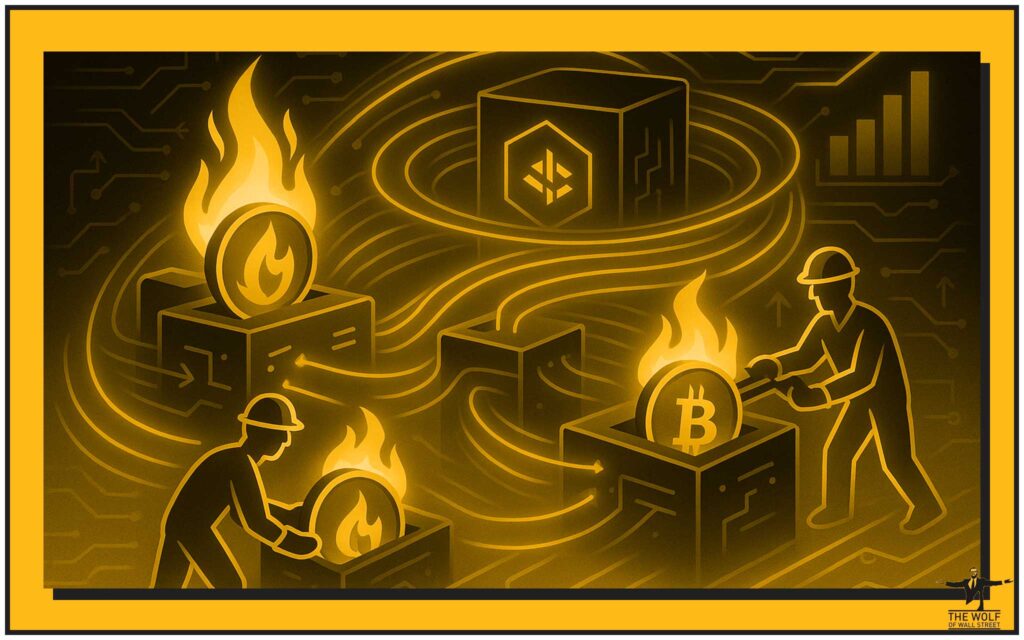
Proof of Burn is a blockchain consensus mechanism where miners literally burn tokens to earn mining rights. Instead of wasting electricity like Proof of Work, they sacrifice tokens to prove commitment.
- Mechanics: Burn tokens → earn mining privileges.
- Green Angle: Less energy waste compared to Proof of Work.
- Use Cases: Smaller blockchains experimenting with eco-friendly consensus.
- Criticisms: Not mainstream yet; adoption is slow compared to Proof of Stake.
📈 Does Burning Always Increase Price?
Here’s the kicker: burning does not guarantee a price pump. It depends on:
- Market Demand – No buyers, no price increase.
- Utility – A coin with zero use won’t moon just because supply drops.
- Narrative – Hype can drive short-term gains, but fundamentals rule long-term.
Case Studies:
- Binance Coin (BNB): Quarterly burns helped push it into the top ranks.
- Stellar Lumens (XLM): Big burn announcements created hype but fizzled long-term.
Sometimes burns are pure market manipulation theatre — smoke and mirrors to make a project look strong.
🛠️ How to Burn Unwanted Crypto Yourself
Yes, you can burn your own crypto. Here’s how:
- Generate a null/burn address (your wallet can do this).
- Send tokens you want to destroy.
- Verify on-chain that they’re gone for good.
Why would you do this? Maybe you want to get rid of spam tokens, join a community-driven burn, or just make a statement.
⚖️ Risks and Criticisms of Crypto Burning
Like any Wall Street tactic, burning has its dark side:
- Market Manipulation: Teams announce burns to pump prices without delivering value.
- False Scarcity: If demand’s dead, scarcity won’t save the coin.
- Regulatory Grey Zones: Governments don’t love artificial manipulation of supply.
- Transparency Issues: Who decides how much gets burned? Projects, not holders.
🔑 Real-World Examples of Coin Burns
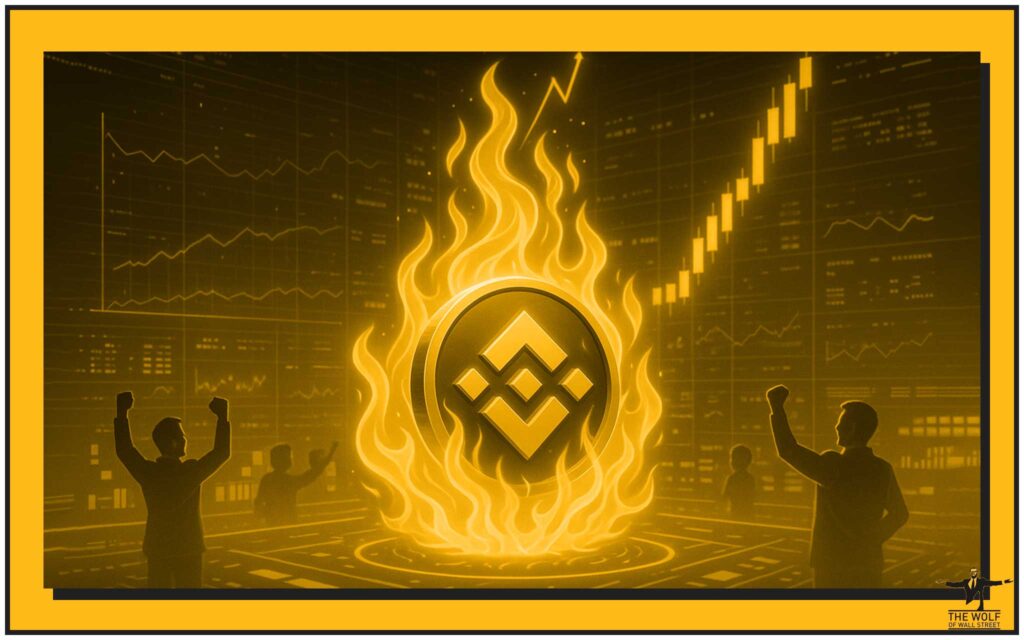
Let’s talk case studies that matter:
- Binance Coin (BNB): Regular quarterly burns worth millions. Investors anticipate them like clockwork.
- Ethereum (EIP-1559): Network fees are partially burned, permanently removing ETH from circulation.
- Shiba Inu: Community-led burns as part of a meme-driven deflationary push.

Each burn has shaped investor psychology and influenced price in unique ways.
🧮 Tokenomics and Burning Strategies
Token burning is a weapon in tokenomics design:
- Deflationary Models: Supply decreases over time (BNB).
- Inflationary Models with Burns: Minting continues, but burns offset issuance.
- Balance: Too much burning can strangle liquidity; too little makes it irrelevant.
💡 Burning vs Alternative Mechanisms

Token burning isn’t the only trick in the book:
- Buybacks: Similar effect but tokens can be reissued.
- Staking: Locks supply without destroying tokens.
- Liquidity Locks: Keep tokens inaccessible for stability.
Each has pros and cons. Burning is permanent; staking is reversible.
🧭 Who Really Benefits from Coin Burning?
The answer: depends who you ask.
- Traders: Short-term pops around burn announcements = quick profits.
- Hodlers: Long-term benefit if scarcity increases.
- Projects: Appear investor-friendly and committed.
- Cynics: Call it smoke and mirrors designed to bait retail investors.
🐺 How Traders Can Capitalise on Coin Burns
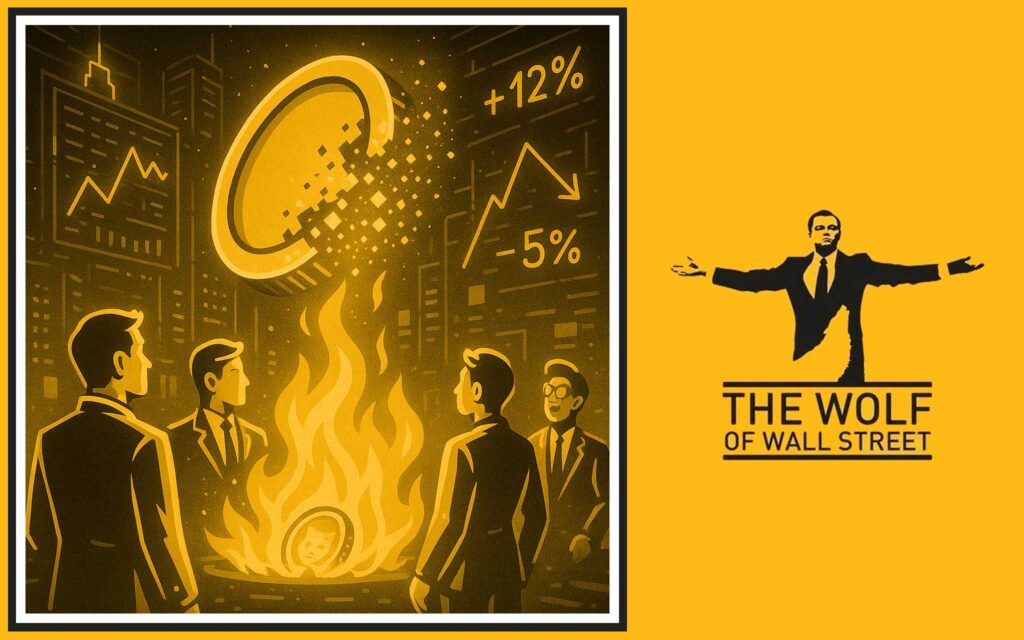
You want the Wolf’s playbook? Here it is:
- Spot Early Announcements: Be in communities and channels that drop burn news first.
- Trade the Hype: Buy pre-burn, sell into hype — don’t be the last man holding.
- Use Indicators: Combine burns with tools like RSI and MACD for timing.
- Avoid Traps: If utility is zero, stay out.
📊 Burning as a Market Signal

When a project burns tokens, it signals:
- Commitment: Teams are invested in long-term scarcity.
- Investor Confidence: Holders feel valued.
- Market Sentiment: In bull runs, burns act as rocket fuel. In bear markets, they’re often ignored.
Burn announcements aren’t just technical — they’re psychological catalysts.
📚 FAQs – Burning Crypto Simplified
1. What happens to coins after they’re burned?
They’re locked in null addresses — gone forever.
2. Can burned tokens ever come back?
No. Once burned, they’re unrecoverable.
3. Is coin burning legal everywhere?
Mostly yes, but regulators could view excessive burns as manipulation.
4. Which tokens have the most famous burns?
BNB, ETH (EIP-1559), Shiba Inu.
5. Should beginners worry about burning when investing?
Only if it’s a core part of the project’s strategy. Focus on utility first.
🔥 The Bottom Line
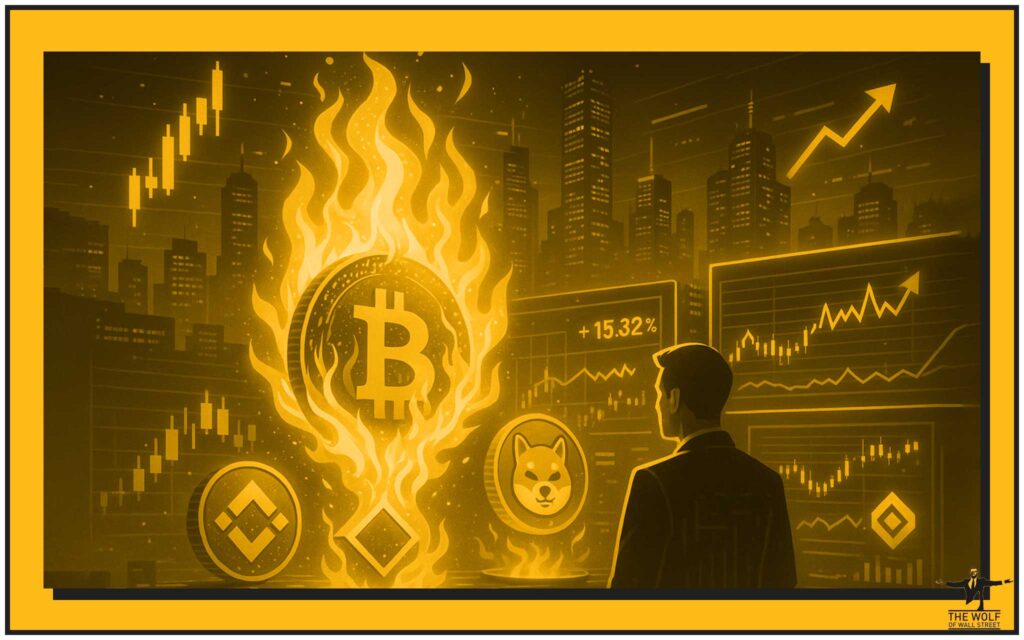
Burning crypto is half economics, half theatre. Done right, it creates scarcity and strengthens ecosystems. Done wrong, it’s smoke, mirrors, and manipulation. Traders who understand burning can profit, while those who don’t risk getting torched. In short: token burning isn’t a magic wand, but in the right hands, it’s a powerful tool.
💼 Sponsored Section – The Wolf Of Wall Street Crypto Trading Community
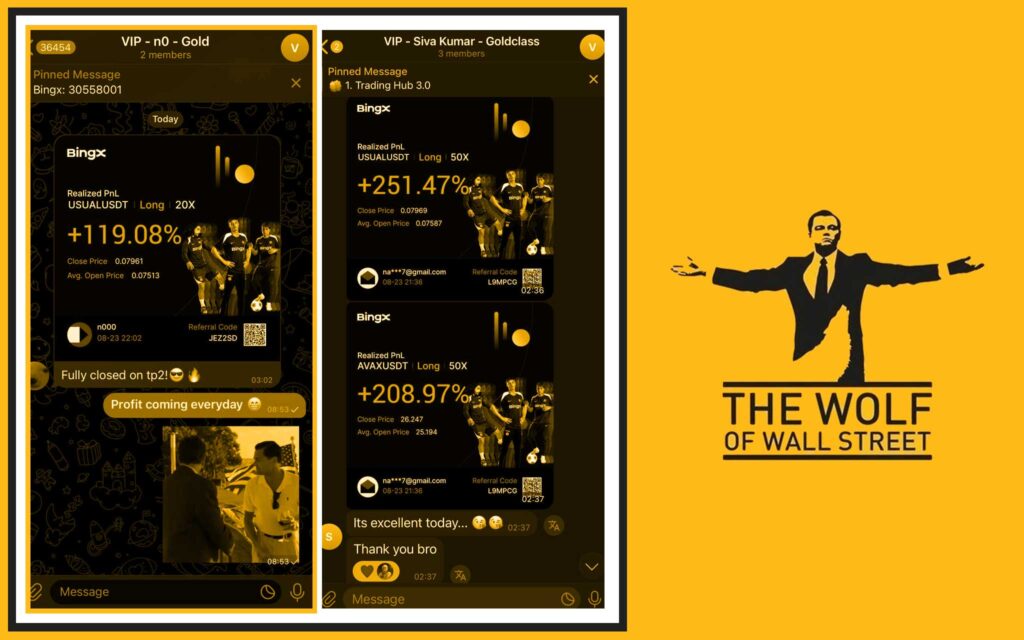
You want to play this game like a pro? You need the right crew. The The Wolf Of Wall Street crypto trading community gives you the edge:
- Exclusive VIP Signals – Proprietary calls designed to maximise profits.
- Expert Market Analysis – Insights from seasoned crypto traders.
- Private Community – Over 100,000 traders swapping strategies.
- Essential Tools – Volume calculators and pro resources.
- 24/7 Support – Help whenever you need it.
🚀 Empower your journey:
👉 Visit our service
👉 Join our Telegram
Unlock your potential with The Wolf Of Wall Street. Don’t just trade — dominate.

